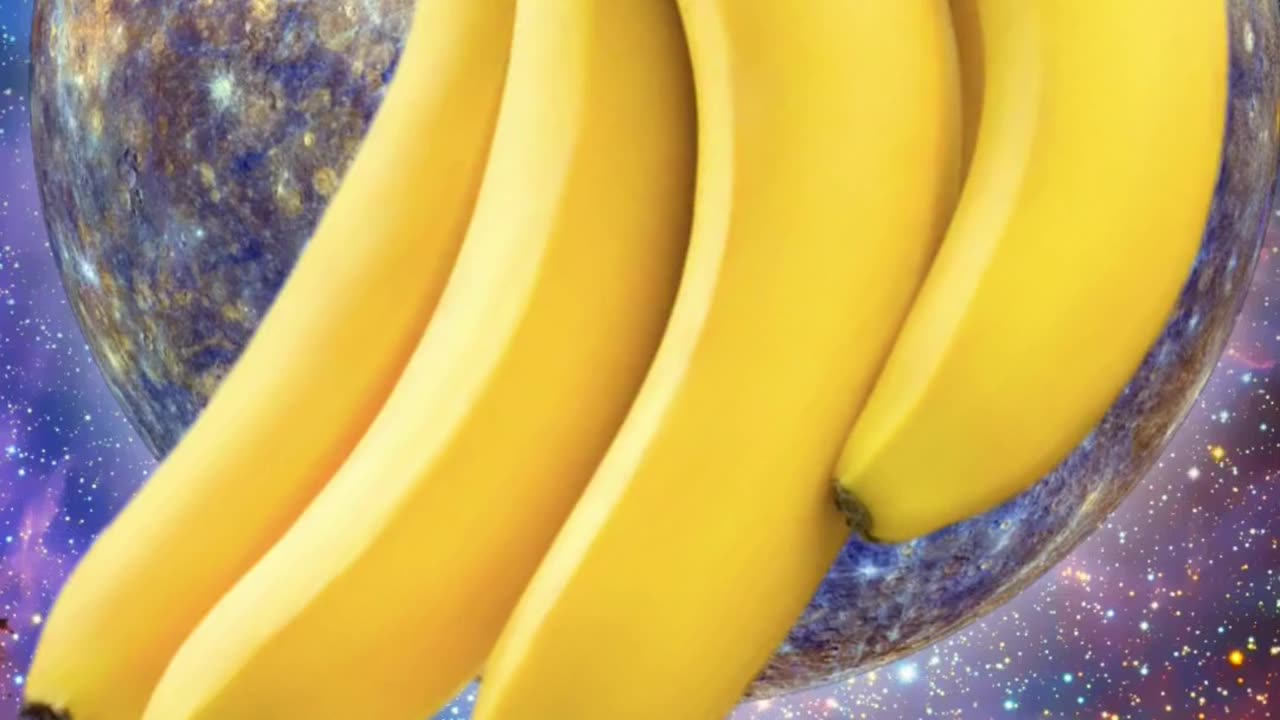Premium Only Content

Where did MERCURY come from?!? #shorts
The BepiColombo mission, a collaborative effort between the European Space Agency (ESA) and the Japan Aerospace Exploration Agency (JAXA), aims to address several significant mysteries surrounding Mercury, the smallest and innermost planet in our Solar System. The spacecraft is equipped with advanced instruments designed to gather data that will enhance our understanding of Mercury’s formation, surface composition, and geological history. Below are the key mysteries that BepiColombo is expected to solve:
1. Where did Mercury form?
One of the primary questions regarding Mercury is its formation location within the Solar System. Current theories suggest that Mercury may have formed farther from the Sun than its current position. This hypothesis arises from observations made by NASA’s Messenger spacecraft, which indicated an unusual ratio of potassium to thorium on Mercury’s surface—more potassium than would be expected for a planet that formed close to the Sun. The BepiColombo mission will utilize instruments such as the MERTIS Radiometer and Thermal Infrared Spectrometer, along with other spectrometers, to analyze Mercury’s mineralogical and elemental composition in greater detail than previous missions. This data could provide insights into whether Mercury was indeed formed further away from the Sun and later moved inward due to a significant impact event.
2. Is there really water on Mercury?
Despite its extreme temperatures, which can reach up to 450°C during the day, evidence suggests that there may be water ice in permanently shadowed craters near Mercury’s poles. The Messenger mission provided indirect indications of this ice through reflected light measurements but did not confirm its presence directly. BepiColombo aims to investigate these polar regions more thoroughly using its advanced instruments on the Mercury Planetary Orbiter (MPO). By measuring water content directly, scientists hope to determine not only if water ice exists but also how much is present.
3. What is the nature of Mercury’s core?
Mercury has an unusually large metallic core that constitutes over 55% of its volume, which raises questions about its formation and evolution. Theories suggest that a massive impact could have stripped away much of its outer layers, leaving behind this dense core while also possibly contributing to its current orbit around the Sun. BepiColombo will study magnetic fields and gravitational data as it orbits Mercury, providing crucial information about the core’s size, composition, and state.
4. How has Mercury’s surface evolved?
The surface of Mercury exhibits features shaped by volcanic activity and impacts over billions of years. Understanding how these processes have influenced its geology is another mystery BepiColombo seeks to unravel. High-resolution imaging from MPO will allow scientists to examine volcanic plains and impact craters in detail, helping them reconstruct the planet’s geological history.
5. What are the characteristics of Mercury’s exosphere?
Mercury possesses a very thin atmosphere known as an exosphere, composed mainly of oxygen, sodium, hydrogen, helium, and potassium. The dynamics of this exosphere are poorly understood due to limited data from past missions. BepiColombo will investigate how solar wind interacts with this tenuous atmosphere and what implications this has for understanding planetary atmospheres in general.
SOCIALS:
YouTube - https://www.youtube.com/@TheBetterNASAProject
Rumble - https://rumble.com/user/WhatsNextVids
X - https://x.com/WhatsNe75388303
SUPPORT:
Patreon - https://www.patreon.com/user?u=37594401
Buy Me A Coffee - https://buymeacoffee.com/whatsnext
Cash App - https://cash.app/$YTpayments
-
 1:00:41
1:00:41
Donald Trump Jr.
5 hours agoMake Main St Great Again, Interviews with Alex Marlow & John Phillips | TRIGGERED Ep.233
32.7K26 -
 1:01:53
1:01:53
BonginoReport
3 hours agoPolitical Violence on the Rise in America - Nightly Scroll w/Hayley Caronia (Ep.26) - 04/14/2025
21.1K20 -
 LIVE
LIVE
The Jimmy Dore Show
1 hour agoBill Maher CHARMED by Donald Trump! Speaking English Now a HATE CRIME in Britain! w/ Viva Frei
7,742 watching -
 LIVE
LIVE
Joe Pags
1 hour agoThe Joe Pags Show 4-14-25
919 watching -
 LIVE
LIVE
Sarah Westall
1 hour agoGlobal Agenda: Starve Small Business of Funds w/ Bruce De Torres
161 watching -
 LIVE
LIVE
2 MIKES LIVE
4 hours ago2 MIKES LIVE #205 with guest Nick Adams!
121 watching -
 LIVE
LIVE
LFA TV
7 hours agoThe Bread of Life | TRUMPET DAILY 4.14.25 7PM
148 watching -
 37:52
37:52
Kimberly Guilfoyle
2 hours agoThe Trump Effect, Plus More Scandals for Leticia James, Live with Roger Stone | Ep213
20.5K10 -
 1:13:45
1:13:45
Kim Iversen
2 hours agoWe're LOSING The Tariff War With China, How Our Elites Sold Us Out | Oct 7th Rape COVERUP
45.5K58 -
 1:23:13
1:23:13
Redacted News
3 hours agoTrump declaring MARTIAL LAW on April 20th according to fearmonger liberals, they want civil war
111K111